-
×

-
×

-
×
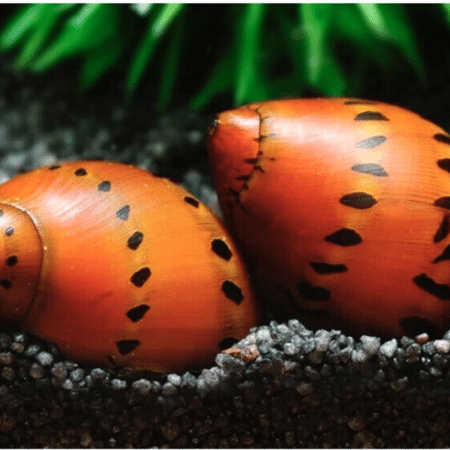
-
×

-
×
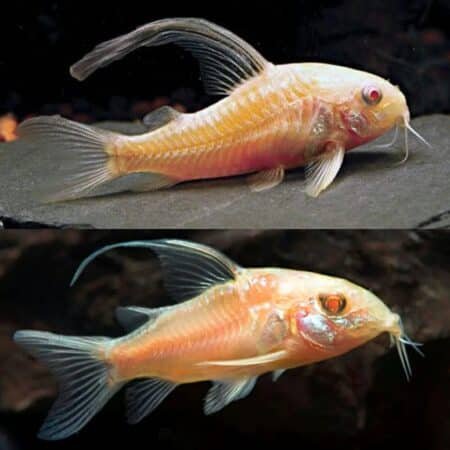
-
×

-
×
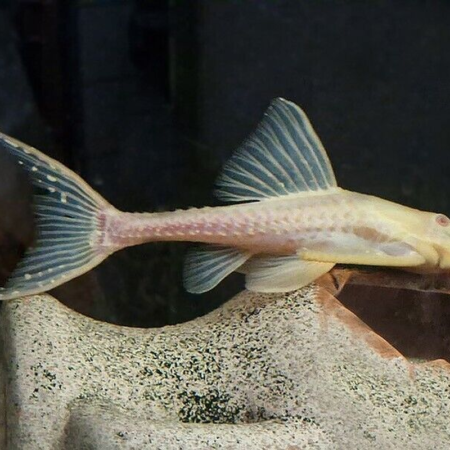
-
×
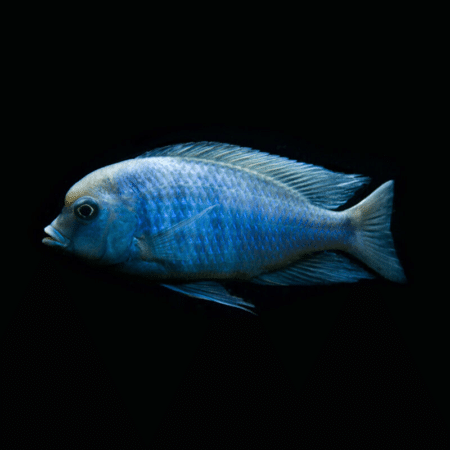
-
×

-
×

-
×

-
×

-
×

-
×
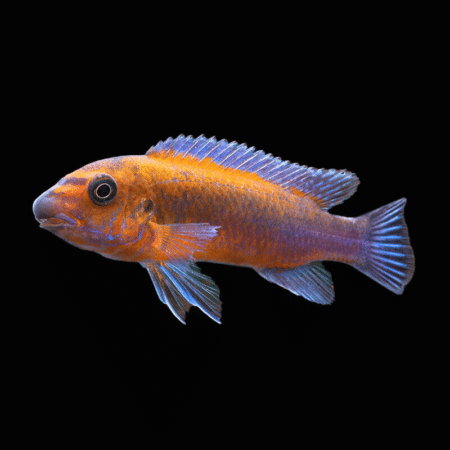
-
×

Subtotal: £634.37


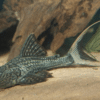









Emily Carter (verified owner) –
I recently added a few Albino Corydoras to my community tank, and I couldn’t be happier with my choice! These little catfish are not only adorable with their striking white bodies and bright red eyes, but they also bring so much personality and activity to my aquarium. After about two months of having them, I’ve noticed they thrive in groups, which makes them perfect for anyone looking to create a lively environment.
What really impressed me is how they forage through the substrate, helping to keep the bottom of my tank clean. I’ve tried other freshwater fish, but the Corydoras truly stand out for their gentle nature and compatibility with other species. One minor concern was that they can be shy at first, but once they settled in, they became the life of the tank!
I highly recommend these little guys for both beginner and experienced hobbyists alike. They are easy to care for, and seeing them zip around brings me so much joy. Just make sure you have a nice sandy substrate for them to dig in! Overall, a fantastic purchase that has enriched my aquarium experience immensely.
Emily Carter (verified owner) –
I recently added a group of Albino Corydoras to my community tank, and I couldn’t be more thrilled! After about two weeks, I’ve observed these freshwater fish adapting beautifully and bringing so much life to the aquarium. Their playful nature and charming antics are delightful to watch. What I appreciate most is how low maintenance they are, making them ideal companions for both experienced and new aquarists. They get along wonderfully with my other fish and actively scavenge the substrate for leftover food, keeping things tidy.
Compared to other catfish I’ve kept, the Albino Corys are much less finicky and far more sociable. My only minor concern is that they thrive in groups, so I recommend getting at least three or more to see their true personality shine. If you’re looking for a community fish that contributes to the tank’s ecosystem while being easy-going and visually stunning, you won’t go wrong with these little gems! Highly recommend to anyone wanting to enhance their aquarium experience!